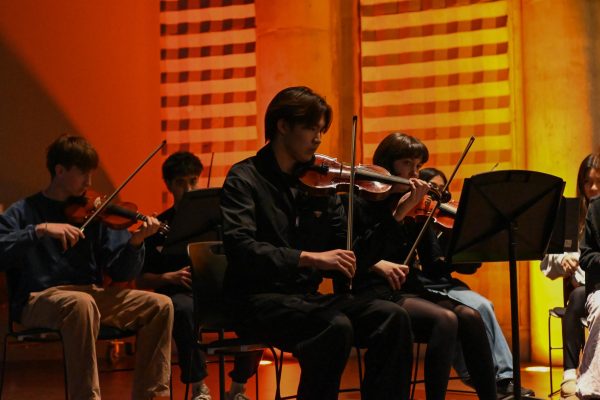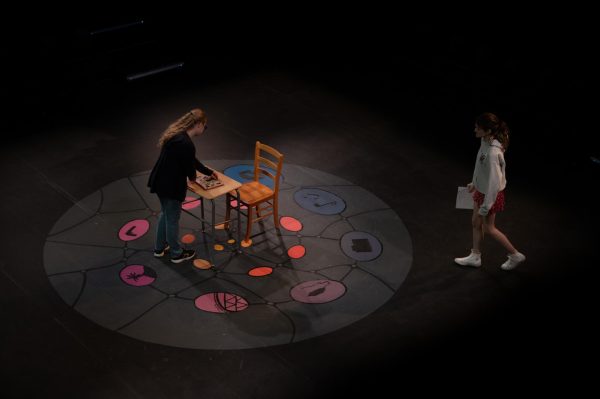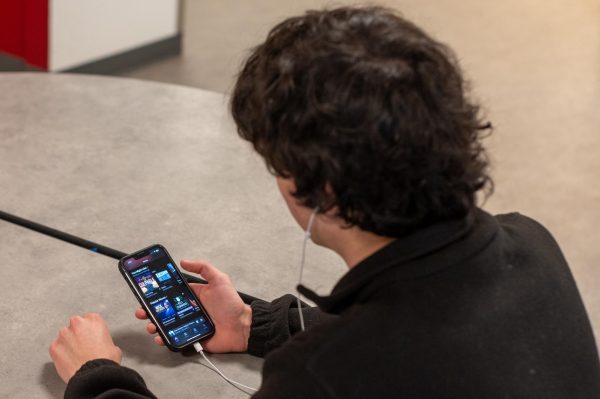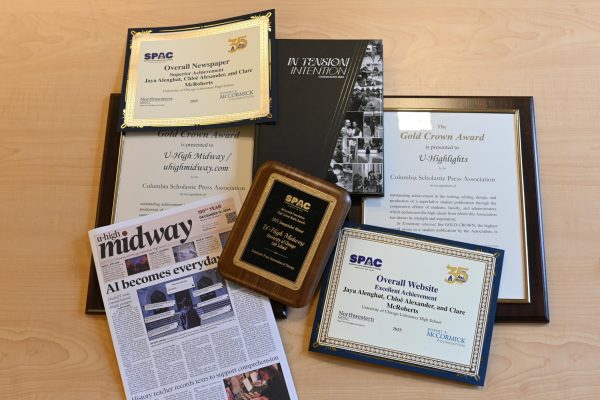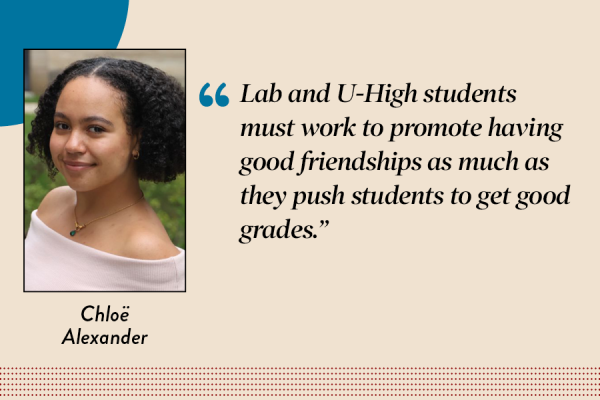“The Trial of the Chicago 7” revitalizes a strong and important Chicago story
The protesters chant in unison as they march down the streets of Chicago. They are unified, exhausted and angry. As they round the corner they see a wall of heavily armed police in riot gear. As a protester runs at the police, chaos and screams erupt from protesters as police shoot tear gas and rubber bullets into the crowd.
This is not a scene from the summer of 2020 but from the “Trial of the Chicago 7,” a fast-paced Netflix original movie that follows the trial of seven men charged with crimes of conspiracy and inciting a riot while protesting the Vietnam War during the 1968 Democratic National Convention in Chicago.
Scenes of injustice during and after the 1968 protests, the similarly charged setting and tone make it easy to draw parallels between the 1968 protests and this year’s Black Lives Matter protests. The film is relevant, interesting and connected to the city of Chicago, making it an important movie to watch.
The defendants are a mismatched group, their only obvious commonality being that they all participate in some manner in the 1968 Chicago protests. Among the accused were Abbie Hoffman (Sacha Baron Cohen) and Jerry Rubin (Jeremy Strong), two perpetually stoned eccentric and idealistic hippies who pull stunts like wearing fake judge’s robes to the hearing; David Dellinger (John Carroll Lynch), a down-to-earth, peaceful organizer; and Tom Hayden (Eddie Redmayne), a clean-cut, by-the-book organizer. Five people in this somewhat random assortment of characters were convicted of crossing state lines to incite riots, a ridiculous claim since even the prosecutor, Richard Shultz (Joseph Gordon-Levitt), admitted that “some of these people have never met each other.”
Switching among multiple timelines and storylines makes for a dizzying whirlwind with the end result a chaotic and, at times, confusing plot. Despite this, the style of writer-director Aaron Sorkin keeps the viewer on their toes and engaged throughout the entire film. During many of the testimonies, the film travels back in time to the actual protest, allowing the viewer to witness the differences between the testimonies and reality as well as feel the raw emotion that sparked the eventual riot.
The movie illustrates the predictable tension between the defendants and the prosecutor and judge as well as the friction within the group of the defendants. For instance, while characters like Jerry Rubin and Abbie Hoffman are willing to go to jail to make a political statement, Tom Hayden is averse to that idea and argues the group should try to get an acquittal.
The movie incorporates real radio and TV clips reporting on the protests and trial at the time, adding chilling realism to the story. Numerous references to major Chicago landmarks such as Grant Park, the Hilton and Hyde Park acts as constant reminders to viewers — especially Chicagoans — of the legacy of injustice and violence that occurred in their city decades ago and that continue to occur in 2020.





















































